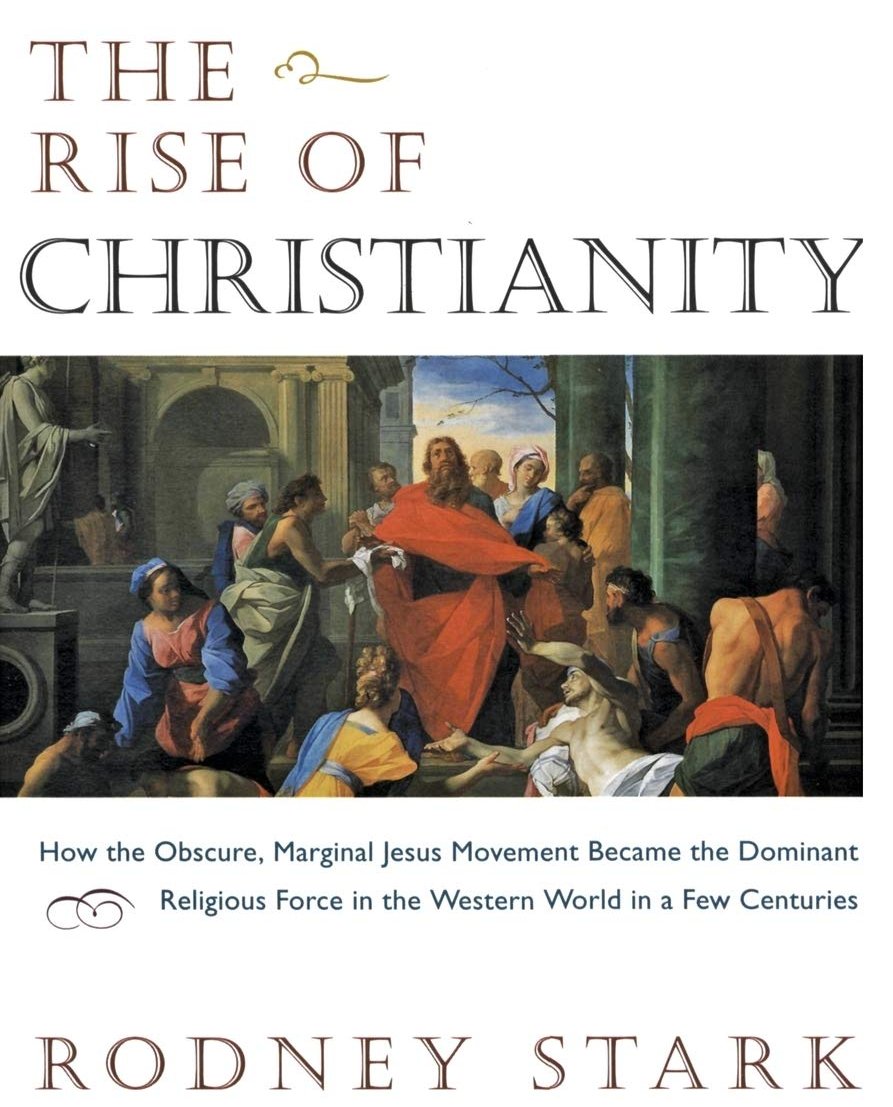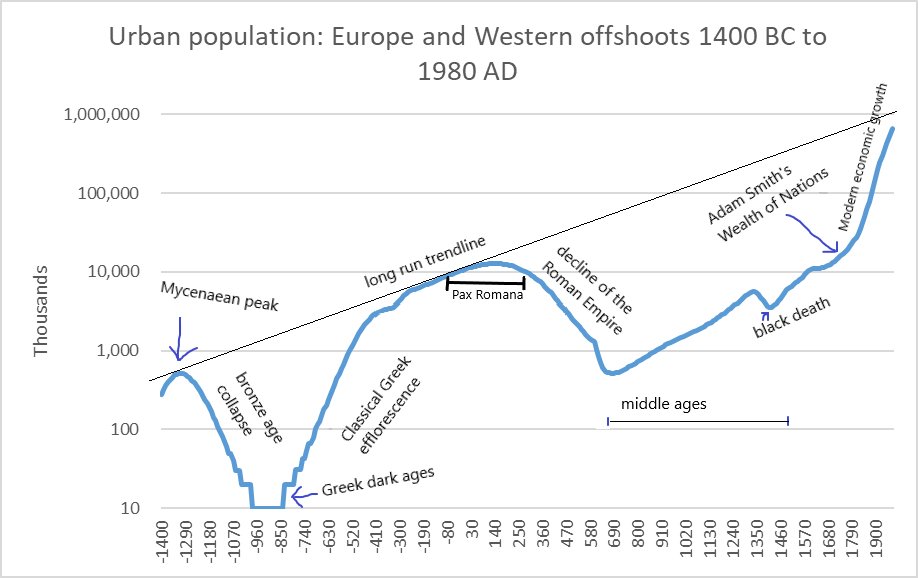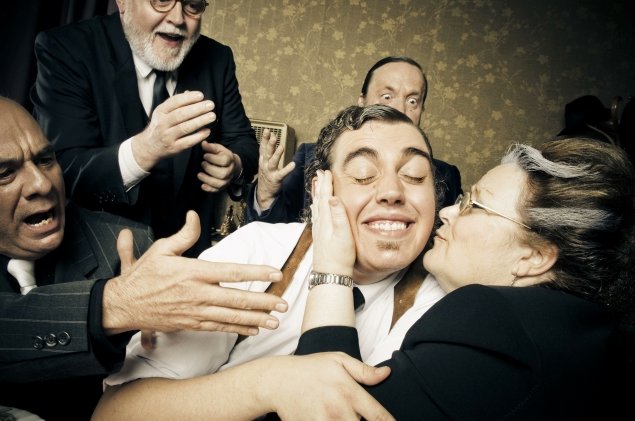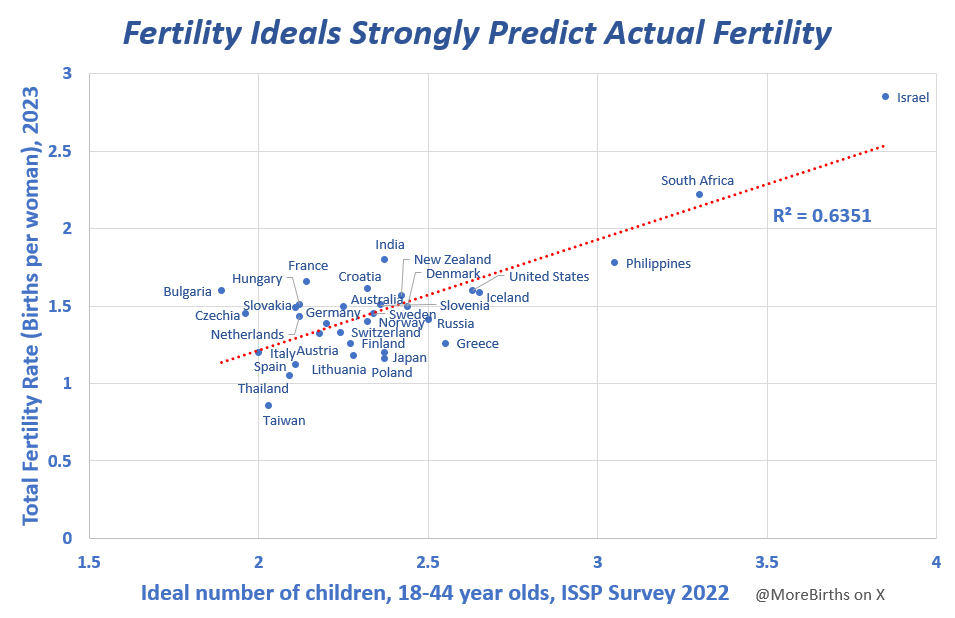
Ideas for reversing the collapse in global fertility, the greatest challenge of our age. Humanity is precious.
HT to many great demographers and data analysts.
7 subscribers
How to get URL link on X (Twitter) App



 Much like our world today, Pagan Rome faced terrible birthrates.
Much like our world today, Pagan Rome faced terrible birthrates.


 Italy's fertility in 2025 is just 1.12 births/woman, one of the lowest in Europe.
Italy's fertility in 2025 is just 1.12 births/woman, one of the lowest in Europe.

 Adam Lanza's YouTube channel "CulturalPhilistine" was not discovered until September of 2021, some 9 years after the shooting, after public interest had waned. At the time of the shootings, Lanza's motives were a mystery.
Adam Lanza's YouTube channel "CulturalPhilistine" was not discovered until September of 2021, some 9 years after the shooting, after public interest had waned. At the time of the shootings, Lanza's motives were a mystery.


https://twitter.com/BirthGauge/status/1961174400516198542
 Notice how strongly fertility ideals predict actual fertility, with the ideal number of children predicting 64% of a country's TFR.
Notice how strongly fertility ideals predict actual fertility, with the ideal number of children predicting 64% of a country's TFR.



 Demographer @StephenJShaw realized that these two components of TFR, the total maternity rate (or equivalently, the childless rate) and children per mother move quite independently of each other.
Demographer @StephenJShaw realized that these two components of TFR, the total maternity rate (or equivalently, the childless rate) and children per mother move quite independently of each other.


 China's One Child Policy is gone now, and since July 2021, all birth limits have been removed.
China's One Child Policy is gone now, and since July 2021, all birth limits have been removed.https://x.com/MoreBirths/status/1824662321358053877

https://twitter.com/JesusFerna7026/status/1945805119561363929

 Colombia recorded only 445,000 births in 2024, way below UN projections of 701,000 births, for an official fertility rate of just 1.06 births per woman, and just 0.84 in Bogotá. (The true rate may be a little higher with unregistered births.)
Colombia recorded only 445,000 births in 2024, way below UN projections of 701,000 births, for an official fertility rate of just 1.06 births per woman, and just 0.84 in Bogotá. (The true rate may be a little higher with unregistered births.)

 Perhaps the first thing for young men to focus on is gaining income and building a career.
Perhaps the first thing for young men to focus on is gaining income and building a career.








 For more than forty years, Okinawa has had far higher fertility than any other prefecture (Stone, 2024).
For more than forty years, Okinawa has had far higher fertility than any other prefecture (Stone, 2024).




 Most previous forecasts of how population would impact climate assumed that carbon emissions would continue at the same rate indefinitely.
Most previous forecasts of how population would impact climate assumed that carbon emissions would continue at the same rate indefinitely.



 In Spain (TFR 1.12), big hurdles include a huge fraction of young people living with their parents (driven by relatively poor employment for young people), the high share of housing that is small apartments, and declining faith among the young. 2/13
In Spain (TFR 1.12), big hurdles include a huge fraction of young people living with their parents (driven by relatively poor employment for young people), the high share of housing that is small apartments, and declining faith among the young. 2/13https://x.com/MoreBirths/status/1809992234517033308



 First, a bit of history.
First, a bit of history. 




 Unlike its neighbors Korea and Taiwan, Thailand with a per-capita GDP of just $7000 never got to get rich before facing ultra-low birthrates.
Unlike its neighbors Korea and Taiwan, Thailand with a per-capita GDP of just $7000 never got to get rich before facing ultra-low birthrates.


 In recent years, Chile has been wracked with protest. In 2018, there were some 151 feminist protests across the country.
In recent years, Chile has been wracked with protest. In 2018, there were some 151 feminist protests across the country.




https://twitter.com/LibertyCappy/status/1876859115441471931

 First is religiosity. Some 50% of South Dakotans rate religion as very important in their lives, well above the US average of around 37%.
First is religiosity. Some 50% of South Dakotans rate religion as very important in their lives, well above the US average of around 37%.





 The most important way to solve the fertility crisis is to educate young people on how crucial it is to get started early on family. Achieving financial and career success may take a long time, but family can't wait very long! 2/4
The most important way to solve the fertility crisis is to educate young people on how crucial it is to get started early on family. Achieving financial and career success may take a long time, but family can't wait very long! 2/4https://x.com/MoreBirths/status/1829717318995210406

 We've known for a long time that GDP and GNI don't fully capture how the people of a country are doing.
We've known for a long time that GDP and GNI don't fully capture how the people of a country are doing.



 America's first three centuries produced the fastest sustained growth the world has ever known, as the US reached 76 million people by 1900. Most of this was due to high birthrates, not immigration!
America's first three centuries produced the fastest sustained growth the world has ever known, as the US reached 76 million people by 1900. Most of this was due to high birthrates, not immigration!




 On Halloween 2022, in the Itaewon District of Seoul, a crowd crush killed 156 people and shocked the country.
On Halloween 2022, in the Itaewon District of Seoul, a crowd crush killed 156 people and shocked the country.


 Intuitively, it feels like more people should mean less for everyone. That is how most natural ecosystems work. We learned in school how the population of the rabbits (the resource) crashes when the population of foxes (the consumer) grows.
Intuitively, it feels like more people should mean less for everyone. That is how most natural ecosystems work. We learned in school how the population of the rabbits (the resource) crashes when the population of foxes (the consumer) grows.